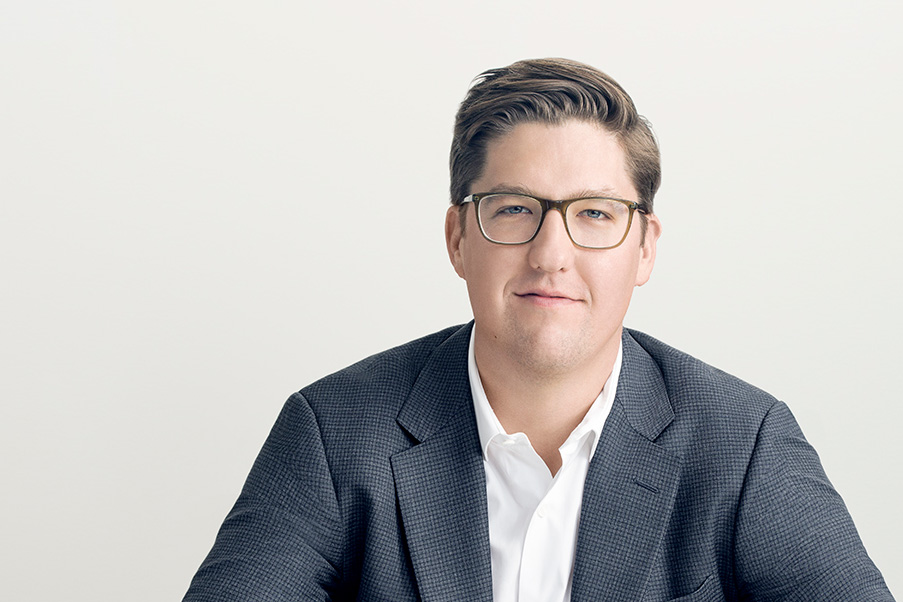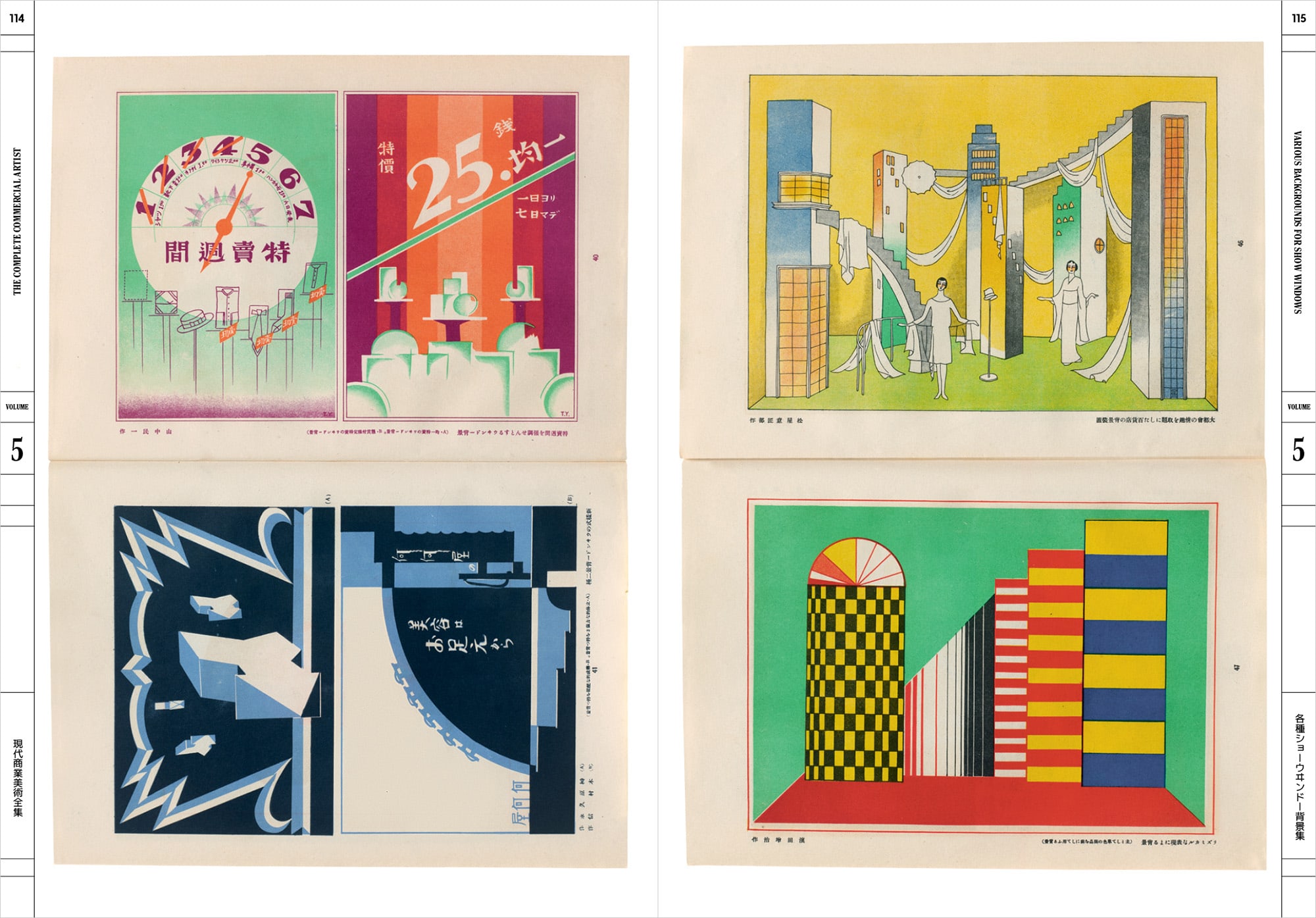Spencer Bailey has interviewed hundreds of designers, architects, curators, and tastemakers. But over the last ten years, he’s also had an ongoing conversation with the architect David Adjaye. That relationship, in many ways, frames Bailey’s new book, Alchemy: The Material World of David Adjaye (available next month from Phaidon). Organized around the materials that make up Adjaye’s work — glass, wood, metal, etc — Bailey peels back the layers and reveals the connective tissue of the seminal architect’s work. When Spencer was on the show (episode 169, December 23, 2020), we talked about his last book, In Memory Of, and building The Slowdown, the media company he cofounded with Andrew Zuckerman. Now, two and half years later, I caught up with Spencer again to hear about the new book, how The Slowdown is evolving, and what he’s learned from his many conversations with David Adjaye.
When did you meet David Adjaye and what initially attracted you to his work and thinking?
David and I first met in 2011, shortly after he had completed the Moscow School of Management, Skolkovo, in Russia, which I interviewed him about when I was an assistant editor at Surface. What initially interested me about David’s work is what the late Okwui Enwezor once referred to as his “distinctive contemporary ‘Afropolitan’ view.” Or maybe it’s what I would simply call “alchemy”—these magical connection points he forges, particularly between materials, climates, cultures, and geographies. There’s a conscience and consciousness to David’s work that really resonates with me. His architecture is full of feeling.
You write in the introduction that no word better describes his work than “alchemy” and proceed to organize the book — somewhat unusually for an architecture monograph, I think — around materials: glass, wood, metal, etc. How did materiality become a way into your thinking on Adjaye’s work and what can we learn from his work in thinking about it within this structure?
Materiality made its way into my thinking about David’s work because materiality is not just at the heart of it; it is the heart of it. I’ll never forget the day I spent with David, in August 2015, at the Smithsonian National Museum of African American History and Culture in Washington, D.C., when the building was in the midst of construction. I can’t think of many buildings that carry such profound meaning, and to be there with him—with its bronze aluminum facade nearly finished and the insides still raw—was incredible. I’ve since been to the museum on four different occasions, and its architecture, particularly the central atrium, never ceases to amaze me. How its shimmering, three-tired screen reacts with the layer of glass panels beyond it I find particularly moving.
This story is exclusive to Patreon subscribers.
Sign up for as low as $3 / month!
Already a supporter? Click here to read the entire story.




